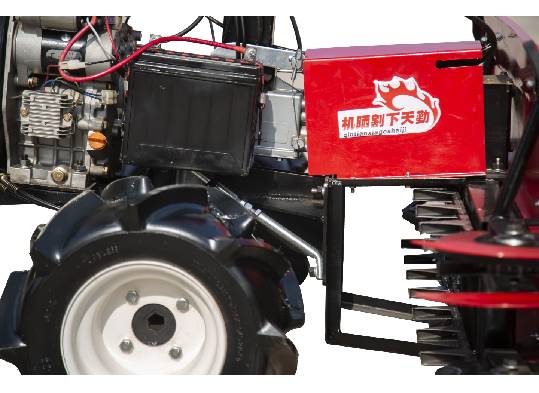Efficient Wheat Combine Machines for High-Yield Harvesting
The Evolution of Wheat Combine Machines Revolutionizing Agriculture
The agriculture industry has undergone a significant transformation over the years, and one of the most pivotal developments has been the invention and enhancement of wheat combine machines. These remarkable machines have revolutionized the way wheat is harvested, significantly increasing efficiency, reducing labor costs, and improving yield quality.
Historically, wheat harvesting was a labor-intensive process that relied heavily on manual labor. Traditional methods involved using sickles and scythes, making the operation painstakingly slow and requiring many workers. The introduction of mechanized harvesting began in the late 19th century with the advent of the first horse-drawn reapers. However, it was not until the invention of the combine harvester that wheat harvesting truly transformed.
Today’s combine harvesters are sophisticated machines that automate the harvesting process. As the name suggests, these machines combine several harvesting operations into one cutting, threshing, and winnowing. This multifunctionality allows farmers to harvest wheat much more quickly than manual methods ever could. Most modern combines are equipped with powerful engines, adjustable headers, and advanced technology such as GPS and yield monitoring systems. These features not only increase efficiency but also allow for more precise farming practices.
One of the standout features of contemporary wheat combine machines is their ability to optimize the harvesting process in various conditions
. This adaptability is particularly crucial in areas where wheat is grown under diverse climatic and soil conditions. With adjustable settings, farmers can modify the speed and height of the cutting mechanism, ensuring that they can harvest mature grains while minimizing damage to the crop and the soil.wheat combine machine

In addition to their operational benefits, combine harvesters are also instrumental in enhancing the economic viability of wheat farming. By allowing farmers to cover larger areas in shorter periods, these machines reduce labor costs and make it possible for smaller farms to compete in larger markets. Furthermore, the efficiency of modern combines means that farmers can harvest wheat at the optimal time, maximizing yield and quality.
The integration of technology into wheat combine machines has also led to significant improvements in data collection and analysis. Farmers can now access real-time data on moisture levels, crop yield, and field conditions. This information can guide decision-making, from determining the best time to plant to when to fertilize or irrigate crops.
Moreover, environmental considerations are becoming increasingly important in agriculture. Many manufacturers are investing in eco-friendly technologies and designs that reduce fuel consumption and emissions, thereby promoting sustainable farming practices. The advancement of precision agriculture, which utilizes data and technology to optimize field-level management, aligns with the capabilities of wheat combine machines, allowing farmers to use resources more efficiently and responsibly.
In conclusion, wheat combine machines have significantly shaped modern agriculture. From their inception as horse-drawn tools to today’s advanced, multifunctional machines, their evolution reflects not only technological innovation but also the growing need for efficiency and sustainability in farming. As challenges such as climate change and population growth continue to loom, the importance of these machines will only increase, paving the way for a more productive and sustainable agricultural future.
Latest news
-
Mini Combine Harvester for Soybean | Compact & Efficient Soybean Harvesting SolutionsNewsNov.24,2025
-
Mini Combine Harvester for Paddy – Compact, Efficient Rice Harvesting SolutionsNewsNov.24,2025
-
Mini Chain Harvester: Compact Forestry Solutions for Sustainable LoggingNewsNov.23,2025
-
Kartar Mini Harvester – Compact, Efficient Harvesting Machinery for Small FarmsNewsNov.23,2025
-
Compact Power: Elevate Your Farming with Harvesting Machine SmallNewsNov.22,2025
-
Discover the Power and Potential of Harvester Mini Combine Machines | Efficient Small-Scale HarvestingNewsNov.22,2025








